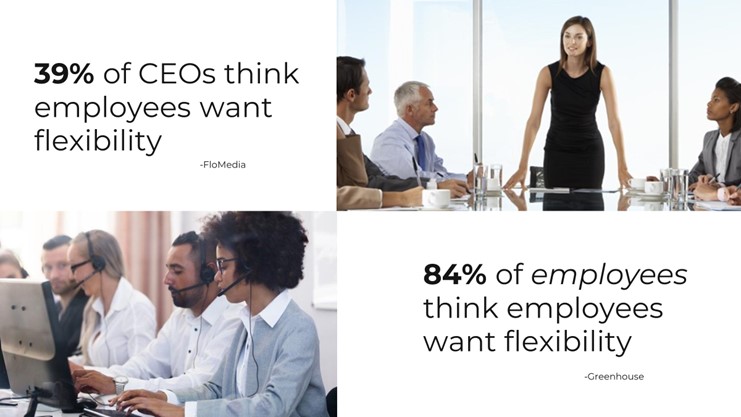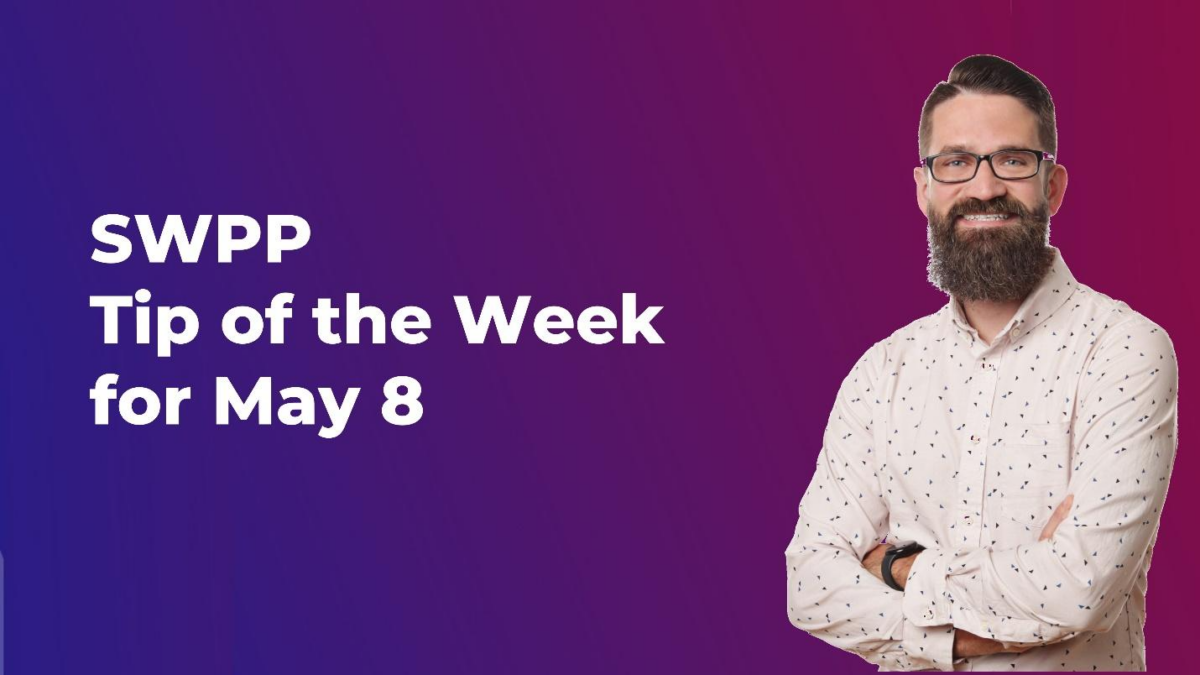Mastering Self-Care: A Guide for WFM Leaders in Enhancing Productivity and Well-being
In the previous blog, I talked about the importance of self-care and why WFM leaders should care about it, but I didn’t give you any tips on how to execute self-care. Well in this article, we will explore practical ways to enhance your self-care practices, from confidently saying “no” and setting boundaries, to caring for your physical, mental, and emotional needs. By incorporating these strategies into your work routine, you can cultivate assertiveness, focus, and emotional resilience, enabling you to excel in your professional journey. So what are some ways you can practice self-care?

Start by getting comfortable with saying no at work.
You can always start with “yes, if” instead of “no”. When someone comes to you with a request that you can’t accomplish tell them “Yes, I can do this if you…”. So instead of saying “No, we don’t have the resources to complete this project” you can say “Yes, we can take this on if you can get me more resources for my team.” It’s a step in the right direction and might be easier for people that feel “no” is too confrontational.
Being able to say “no” at work helps you build your assertiveness. This ability is necessary for you to be able to stand up for yourself and negotiate, which will be critical for your ability to grab that next promotion or pay increase.
Being able to say “no” is also going to require you to get closer to your boss. If you’re going to start pushing back on people and saying that something can’t be done, then you need to make sure you’re aligned with your boss. The last thing your boss wants is people coming to them saying that you’re telling them “no” for something your boss wants done. Your ability to say “no” and be right about it is dependent upon how well you understand your boss’s direction and priorities.
Get comfortable setting boundaries at work.
Setting boundaries at work helps you build your self-advocating muscle. When you don’t value your time, ability, or effort, then no one will. Setting boundaries helps you speak to the value of your time and ability. This skill is imperative to any professional growth and development.
Setting boundaries allows you to focus on the most important project. Without boundaries we’re often lost in the latest craze or trying to put out the most recent fire. Contact centers will always have chaos and fires, so you’ve got to rein in your focus on what’s the most important thing. Without boundaries, you’re likely to try and fix everything and quickly burn yourself out.

Self-care looks like taking care of your physical needs
Stretch and walk during breaks. This means that you actually have to take breaks from work. This could easily look like only scheduling meetings for 45-55 minutes, making sure you always have a few minutes to move between meetings.
Multi-task work and your physical activity. Take some meetings on your phone while you walk around your neighborhood. Sign up for a webinar and listen to it while you go on a run. Find a way to care for your body even as you continue to work hard.
You can care for your body at work by getting a comfortable working environment. This means finding the right chair, getting a desk that works for you, and making sure you have sunlight available. One of the worst things you can do to your body is sit in an uncomfortable chair, staring at a poorly positioned monitor, in a dark room, for hours on end. Self-care can be as simple as a standing desk and an open window.
Drink water! Make it a goal to finish a cup or two of water every hour. Not only is your body going to thank you for keeping it hydrated, but it will also give you a reason to get up from your desk more often for bio breaks.
Self-care looks like taking care of your mental needs
An important part of your mental needs is understanding where you get energy from, especially around people. If people can drain you of energy then make sure that you have time in your day to decompress and process the events. If people lift you up then make sure you have moments between projects to connect and build relationships.
Completing tasks can give you a hit of dopamine, so create to-do lists and make them simple. Instead of saying “Complete Project X” put it on your list to do 30 or 60 minutes of work. Instead of saying “Finish the blog” just put “Start writing the outline for the blog”. These smaller tasks, while not necessarily changing the work you have to get done, will mentally provide you with hits to keep going. A pro tip is to make a list of things that you’ve already done today. This is an easy way to remind yourself of how productive you’ve been. Get out of bed. Check! Brush teeth. Check! Put on clean clothes. Check! See how productive you’ve been?!
An important part of mentally caring for yourself at work is not working. Your brain needs breaks and often works better when given breaks. So, when you’re feeling exhausted or that you don’t have any more to give to a project, step away (ideally before exhaustion). Do anything other than work. Go on a walk. Eat some food. Mindless scroll on the internet. Self-care can sometimes look like just not working while you’re at work.
Self-care looks like caring care of your emotional needs
Practicing gratitude and tracking what we’re grateful for will position us emotionally better in the workplace. It’s easy to find the negative things in our environment, especially with the amount of chaos we have in the contact center. But practicing gratefulness will reorient our mindset and emotional state and allow us to be even more productive while at work.
Practicing kind self-talk is an easy one to roll our eyes at, but it also positions us to be more effective at work. When we are kind to ourselves we are more confident, assertive, and productive. Our emotional state improves and that allows us to lead and impact our workplace in more effective ways.

Prioritizing self-care as a WFM leader is not only essential for your personal well-being, but it also has a profound impact on your professional success and the overall culture of your organization. By implementing the practical self-care strategies we’ve explored, you can cultivate assertiveness, focus, and emotional resilience, positioning yourself as a confident and effective leader. Remember, self-care is an ongoing journey, and it requires continuous attention and commitment. If you’re seeking further guidance, tips, and ideas on self-care, WFM best practices, or fostering a human-centric company culture, don’t hesitate to reach out to Call Design. Our team of experts is here to support you in your quest for personal and professional growth. Together, let’s create a workplace where self-care and employee well-being are at the heart of success.


























